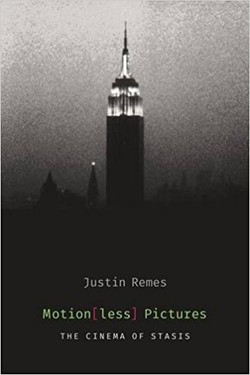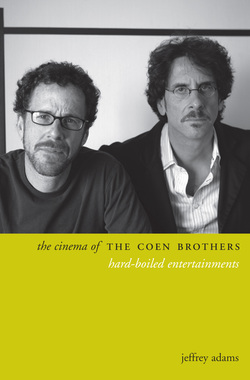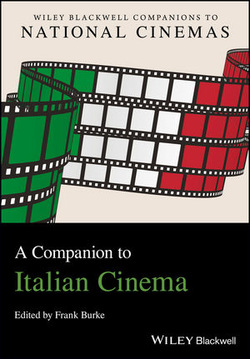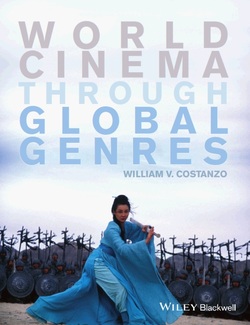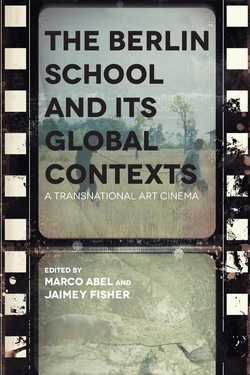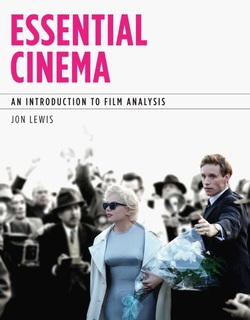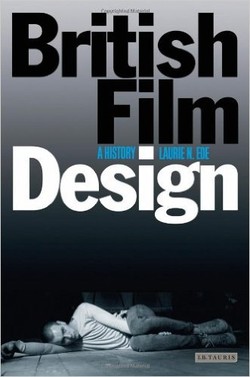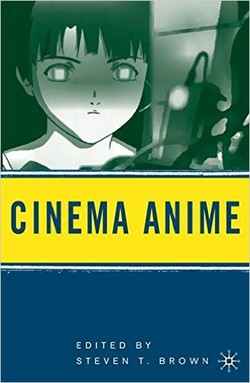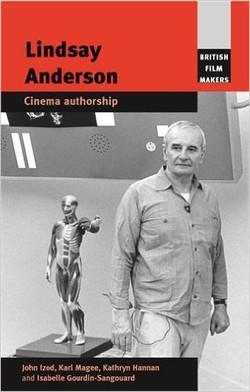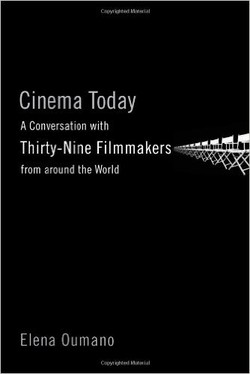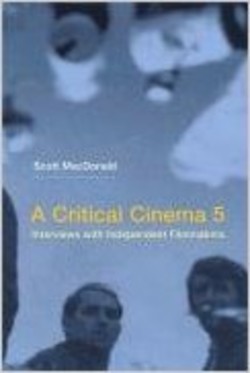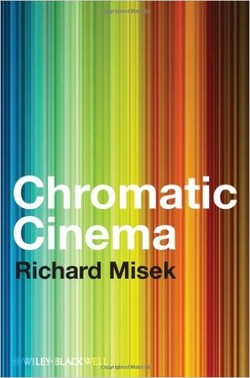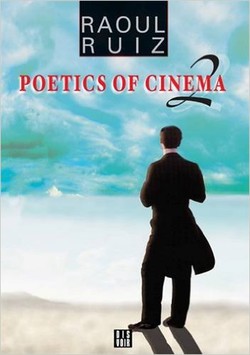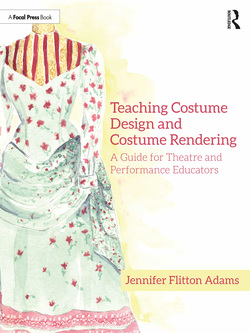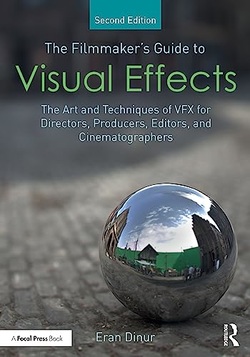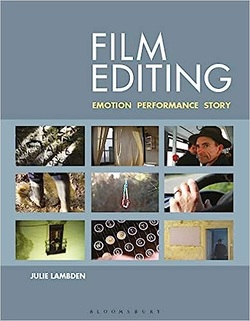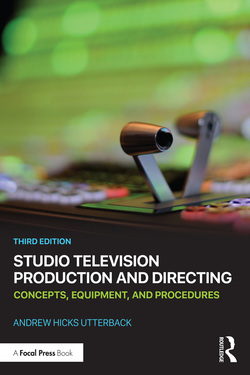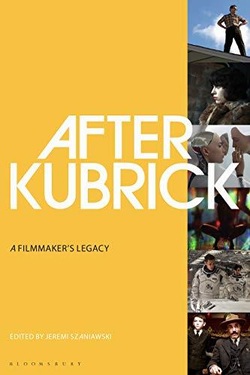Justin Remes با کتاب «تصاویر (بی)حرکت» اولین مطالعه جامع از فیلمهایی که حرکت نمیکنند؛ اولویت حرکت در سینما و ارزیابی محدودیتهای نظری زیباییشناسی و ارائه را به چالش میکشد.
او بامطالعه فیلمهای تجربی مانند Andy Warhol’s Empire (1964)، the Fluxus work Disappearing Music for Face (1956)، Michael Snow’s So Is This (1982) و Derek Jarman’s Blue (1993) نشان میدهد که چطور فیلمهای ساکن، فضای استاتیک را به نمایش میگذارند درحالیکه مرزهای میان سینما، عکاسی، نقاشی و ادبیات را ازبین میبرند. در این کتاب چهار دسته از فیلمهای استاتیک ازجمله فیلمهای furniture، فیلمهای protracted، فیلمهای textual و فیلم های monochrome بررسی میشود.
همچنین Remes روابط متقابل میان حرکت، سکون و مدتزمان و سختی آنها در عملکرد و اثرات متداول سینما را به نمایش میکشد.
او بامطالعه فیلمهای تجربی مانند Andy Warhol’s Empire (1964)، the Fluxus work Disappearing Music for Face (1956)، Michael Snow’s So Is This (1982) و Derek Jarman’s Blue (1993) نشان میدهد که چطور فیلمهای ساکن، فضای استاتیک را به نمایش میگذارند درحالیکه مرزهای میان سینما، عکاسی، نقاشی و ادبیات را ازبین میبرند. در این کتاب چهار دسته از فیلمهای استاتیک ازجمله فیلمهای furniture، فیلمهای protracted، فیلمهای textual و فیلم های monochrome بررسی میشود.
همچنین Remes روابط متقابل میان حرکت، سکون و مدتزمان و سختی آنها در عملکرد و اثرات متداول سینما را به نمایش میکشد.
سال انتشار: 2015 | تعداد صفحات: 216 | حجم فایل: 2.79 مگابایت | زبان: انگلیسی
Motion(less) Pictures: The Cinema of Stasis (Film and Culture Series)
نویسنده:
Justin Remes
ناشر:
Columbia University Press
ISBN10:
0231169639
ISBN13:
9780231169639
